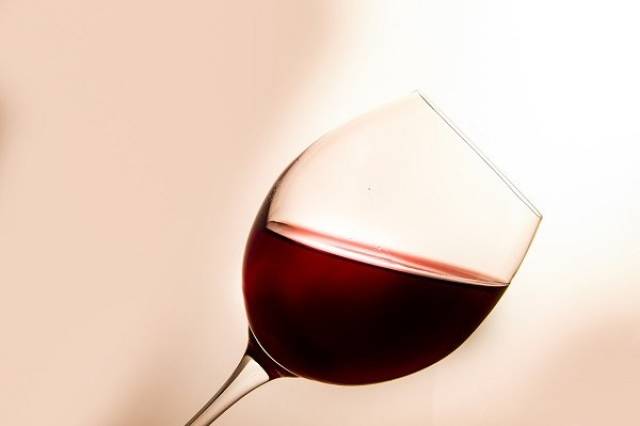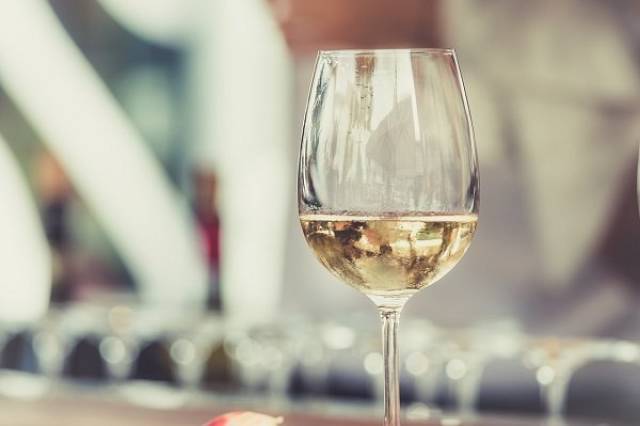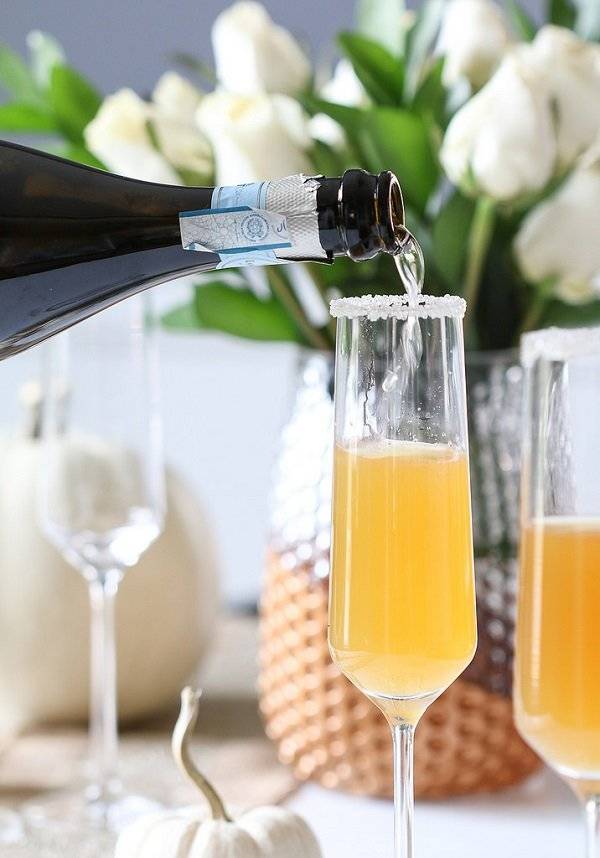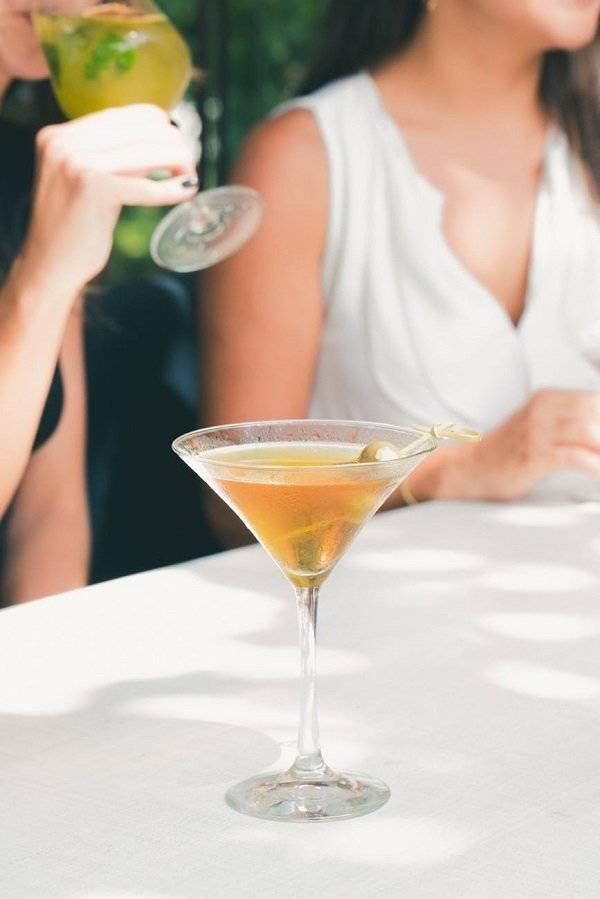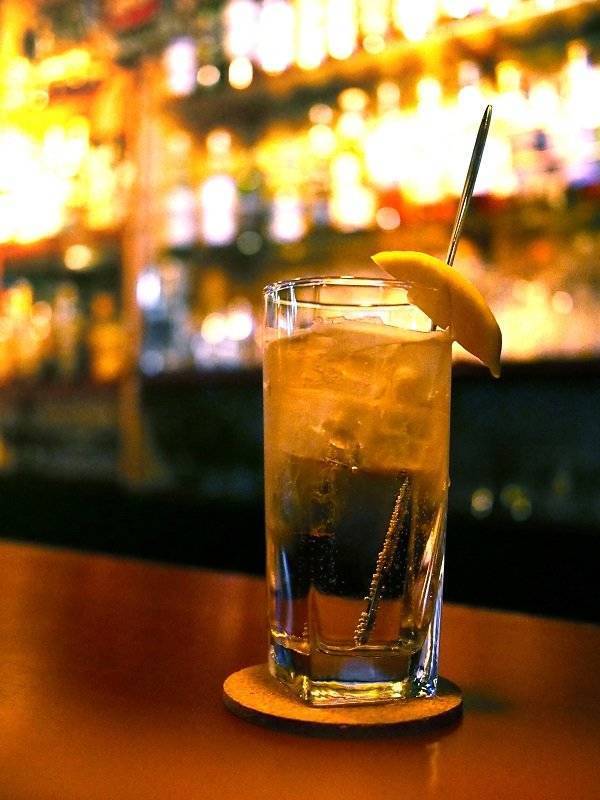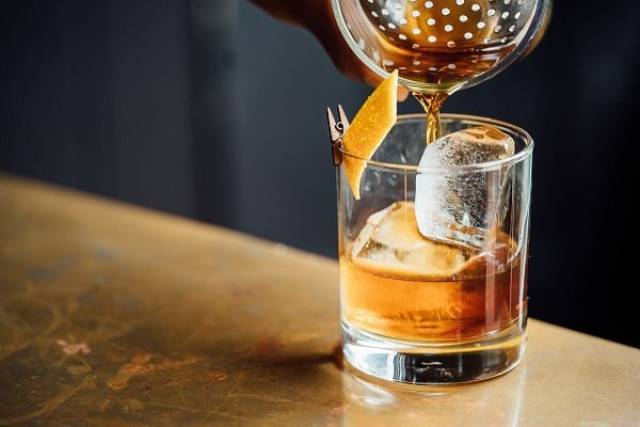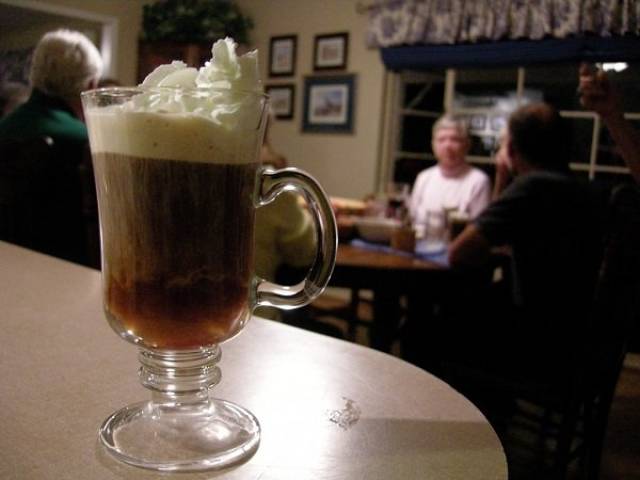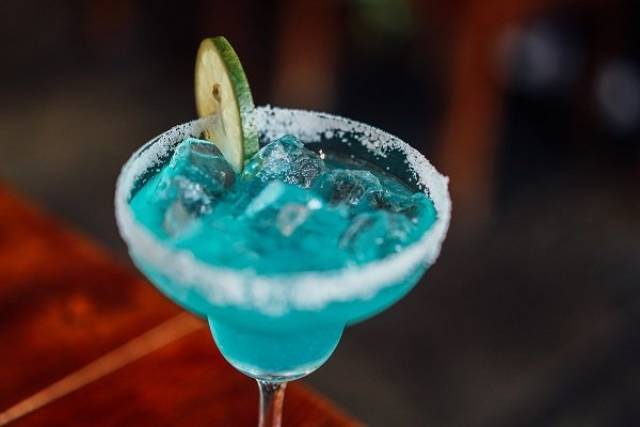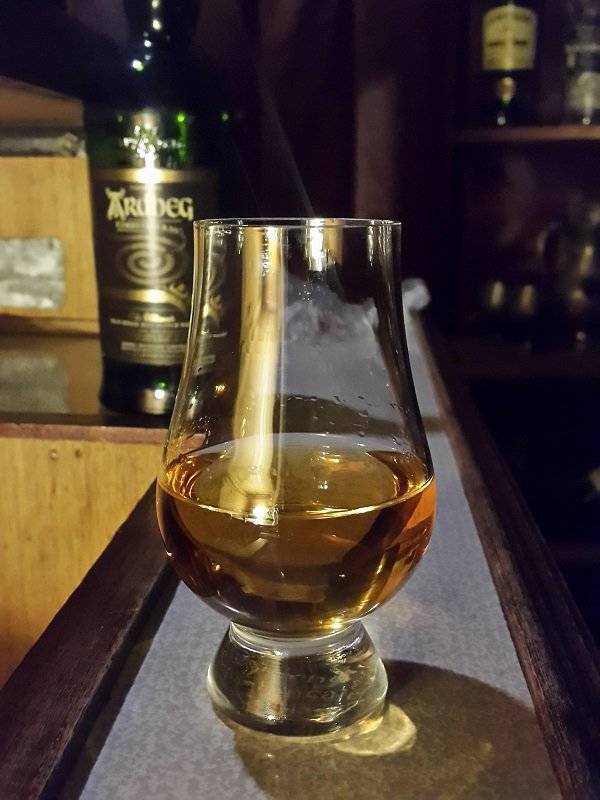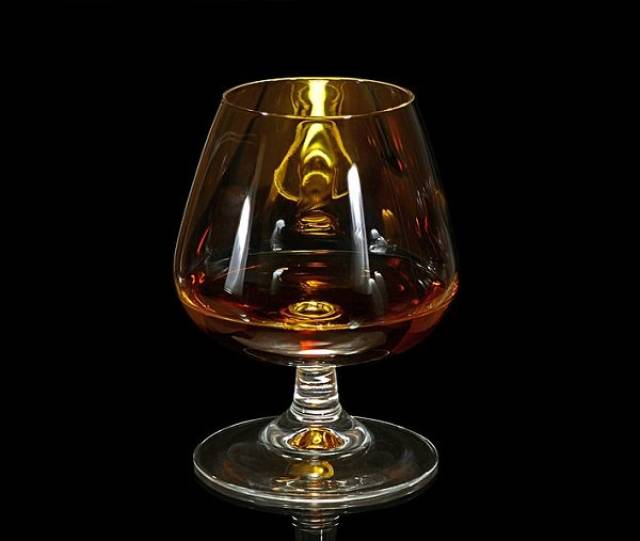Red Wine Glass
The preferred red wine glass should have a longer stem in order to avoid any warming through the hands, and a large round bowl in order to swirl and aerate the wine with relative ease.
White Wine Glass
An ideal glass for white wine should have a smaller surface area. This ensures that aeration and oxidization does not occur too easily. The lighter notes found in white wine can be found easier in these kind of glasses.
Flute Glass
These glasses are perfect for sparkling wines. The small surface area ensures that the bubbles stay put and don’t go flat too quickly.
Cocktail Glass
The classic cocktail glass is used to serve drinks that do not require ice within the glass. The large mouth allows the drinker to plant the nose closely to the drink when sipping in order to gather all of the aromas and flavours within the cocktail.
Highball Glass
These glasses are used to serve drinks that are mixed with a large amount of non-alcoholic liquid and ice. Convenience, I suppose.
Lowball Glass
Also known by other names, the ‘lowball glass’ is a short tumbler that holds anywhere from 3-6 ounces along with ice. This glass is also preferred for drinks that need something muddled.
Irish Coffee Glass
Hot cocktails often go in this glass because of the fact that it is made of heat-resistant material and comes with a handle- allowing the drinker to comfortably consume the beverage.
Margarita Glass
Described as a “stepped-diameter variant of a cocktail glass” these glasses were traditionally used to serve the classic margarita cocktail. However, nowadays, it has become more trendy to serve the drink in other glasses.
Glencairn Whisky Glass
This glass was specifically created in an attempt to ensure that the drinker of whatever whisky is in the glass gets to experience it in the best possibly way. The wide bowl shows off the colours and helps reveal the different aromas within the drink, while the tapered mouth ensures easier drinking.
Snifter Glass
This glass has a very small stem in order to allow comfortable holding via ‘cupping’ with the hand. This is so that the liquor within the glass warms up naturally. The design of the bowl allows for lots of swirling, releasing flavours and aromas with ease. The short mouth ‘traps’ these aromas and allows for the drinker to ‘sniff’ them before sipping.

